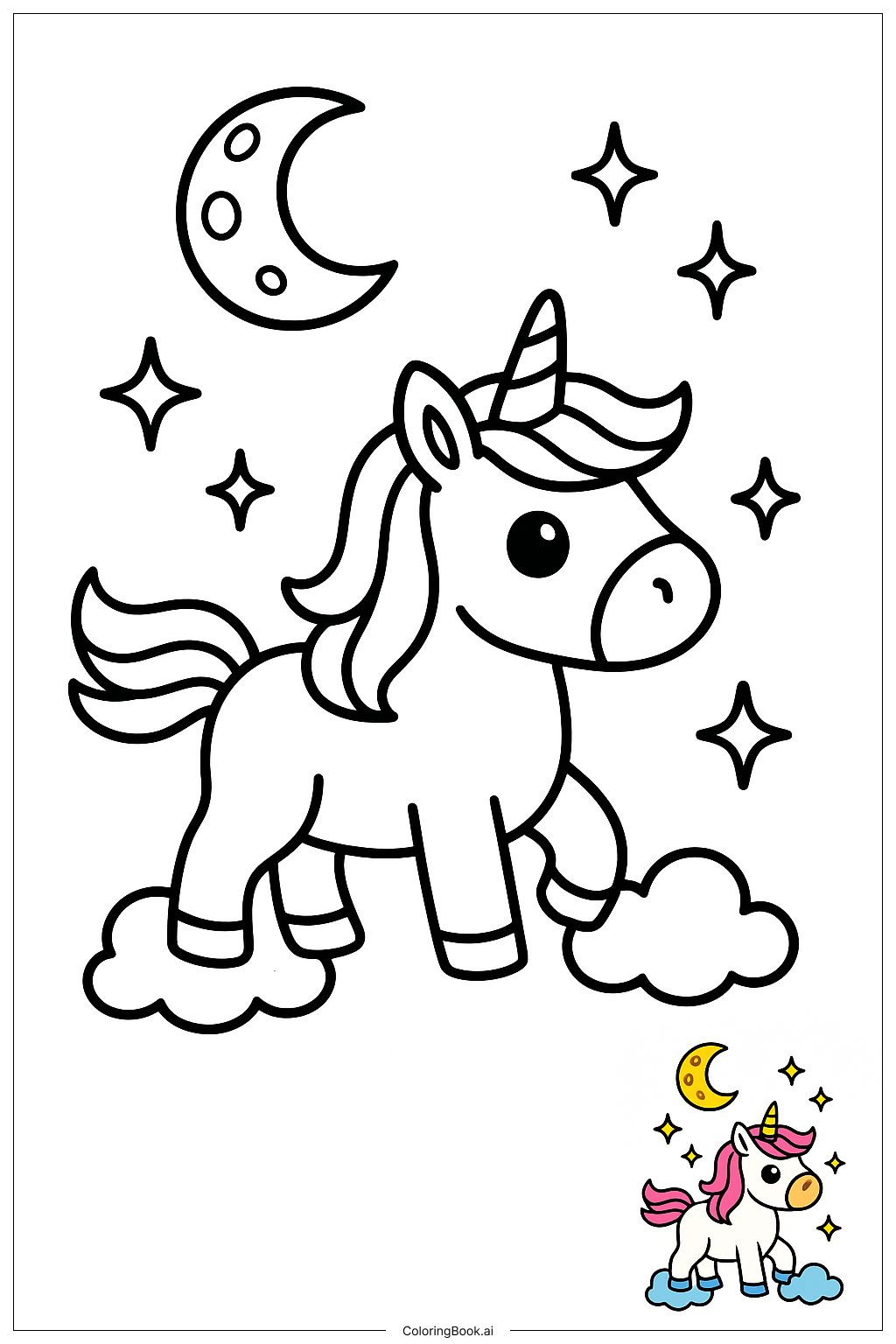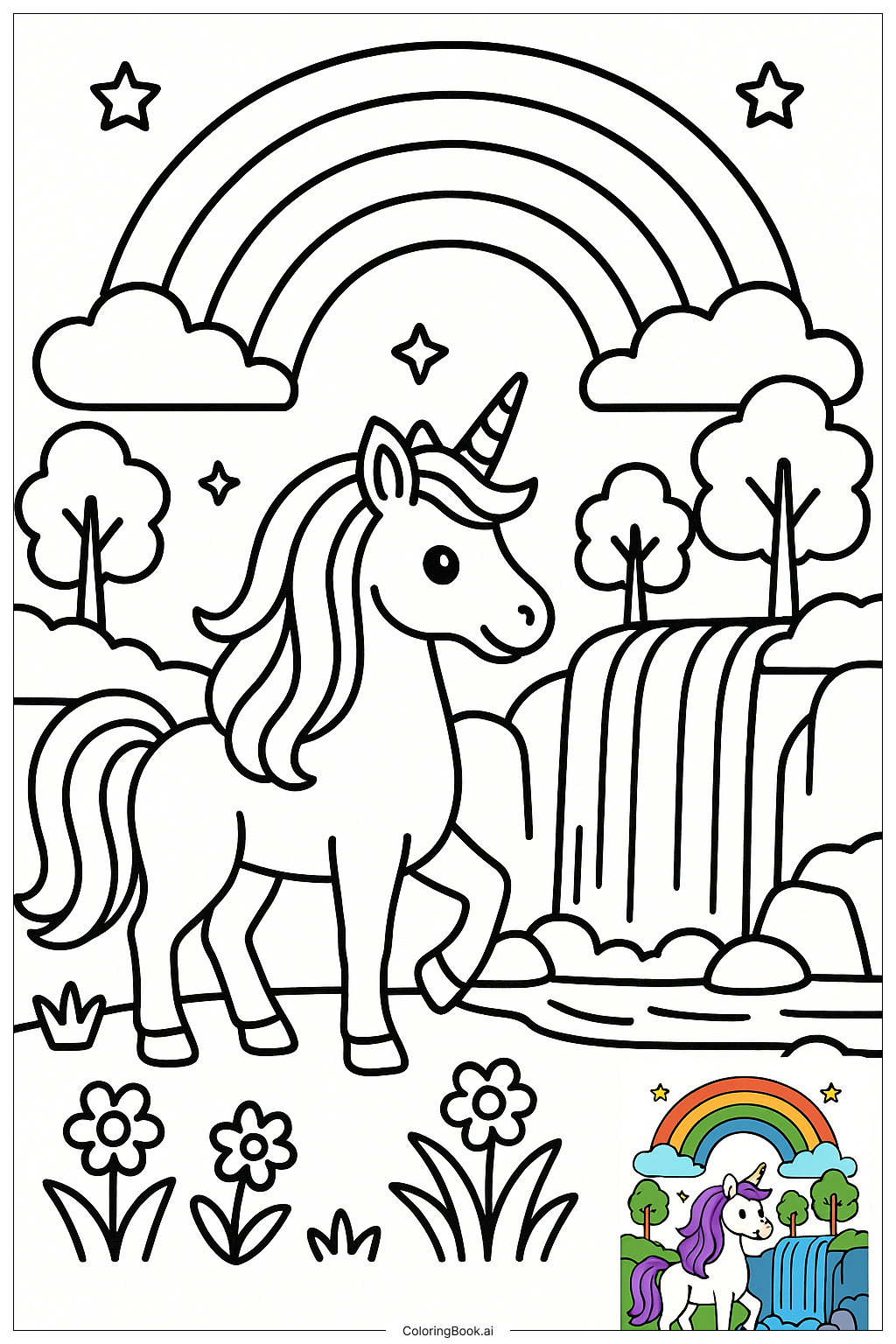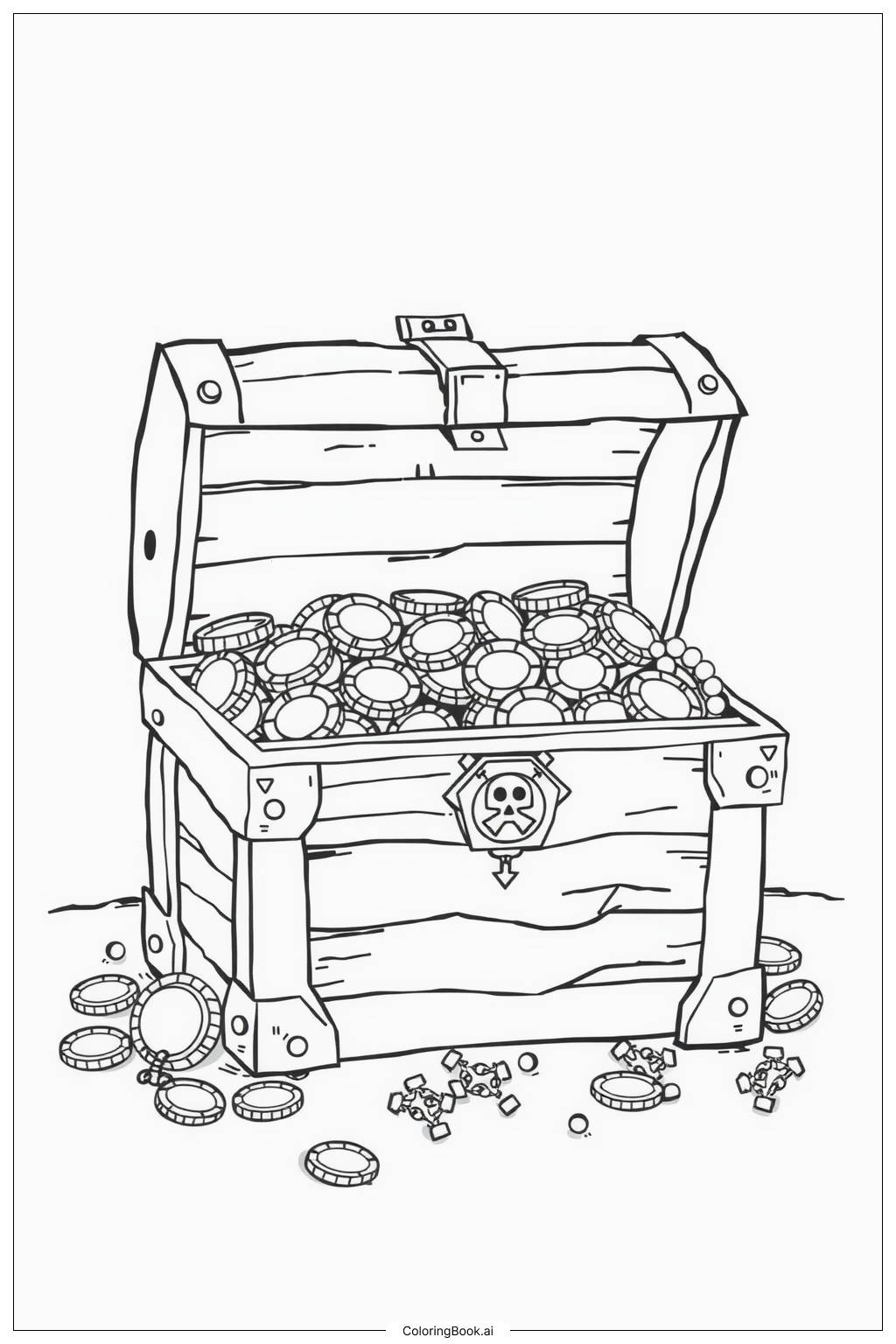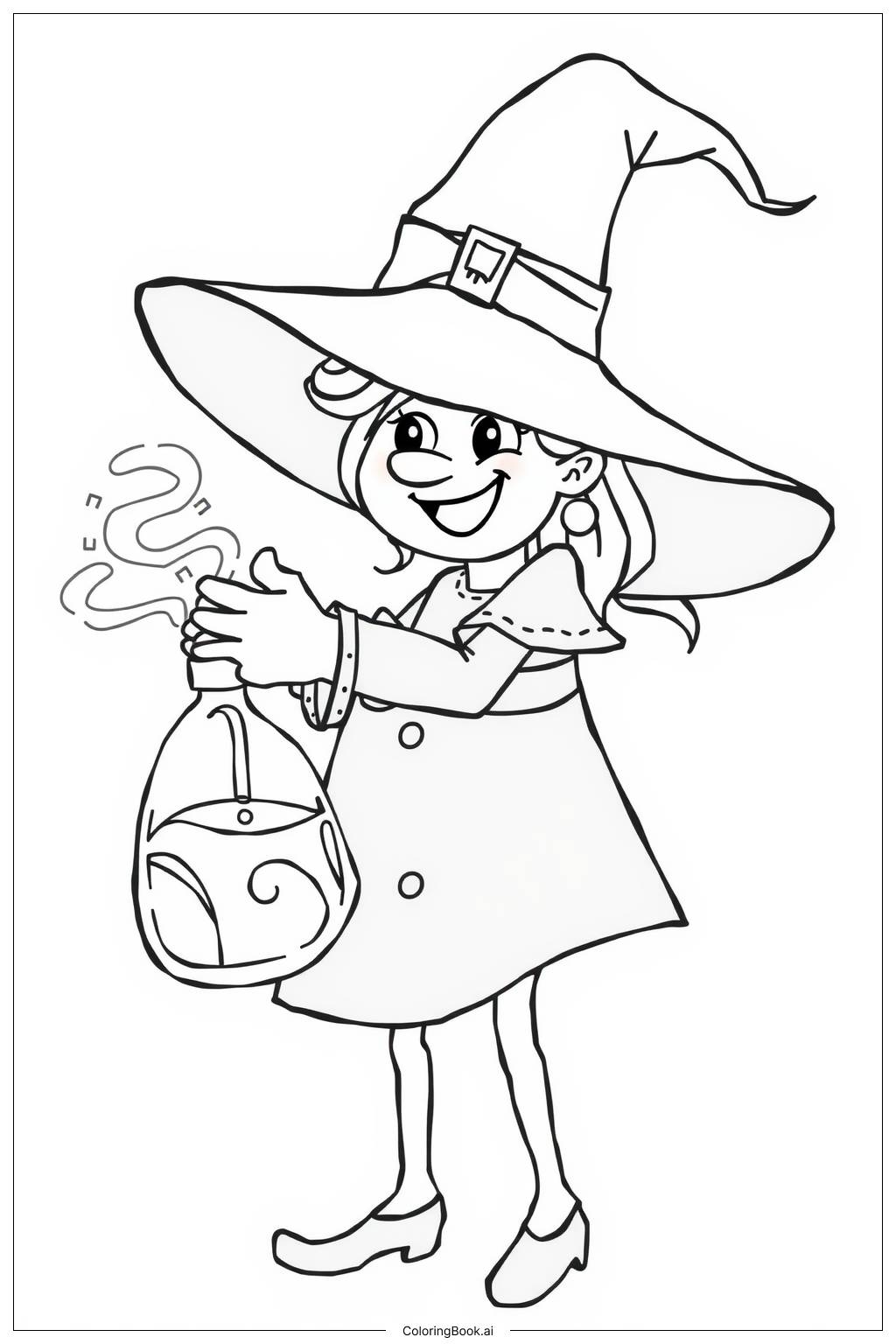Coloring tips: How to color Realistic Unicorn Portrait With Shading coloring page well?
When coloring the unicorn, start with the mane and tail. Use a rainbow of colors for a vibrant look. For the unicorn's body, consider using soft pastels like pink, purple, or white. The horn can be painted gold or silver for a magical effect. Clouds can be light blue or white, while the stars can be yellow or gold to stand out. Remember to take your time and enjoy the process!
Coloring challenges: Which parts are difficult to color and need attention for Realistic Unicorn Portrait With Shading coloring page?
1. **Blending Colors**: Blending different colors in the mane and tail can be tricky. Children may need practice to create a smooth gradient. 2. **Shading**: Adding depth to the unicorn's body requires understanding light and shadow. This may be challenging without guidance. 3. **Staying Within Lines**: Younger children might have difficulty staying within the lines, especially around the horn and detailed mane. 4. **Choosing Colors**: Deciding how to color the unicorn and its background can be overwhelming due to the variety of options. Encouragement to explore is essential. 5. **Details in Clouds and Stars**: The fluffy clouds and sparkling stars require attention to detail, making it challenging to color them distinctly while keeping the unicorn as the focal point.
Benefits of coloring books: Advantages of drawing Realistic Unicorn Portrait With Shading coloring page
Coloring this unicorn page can help improve fine motor skills. Children practice holding crayons or markers, which enhances coordination. It also allows for creative expression; kids can choose their favorite colors and unleash imagination. Coloring can be a calming activity, reducing stress and anxiety. Additionally, it encourages focus and concentration, as children commit to completing an artistic project. Sharing the finished artwork can build confidence and a sense of achievement, making it a rewarding experience.








